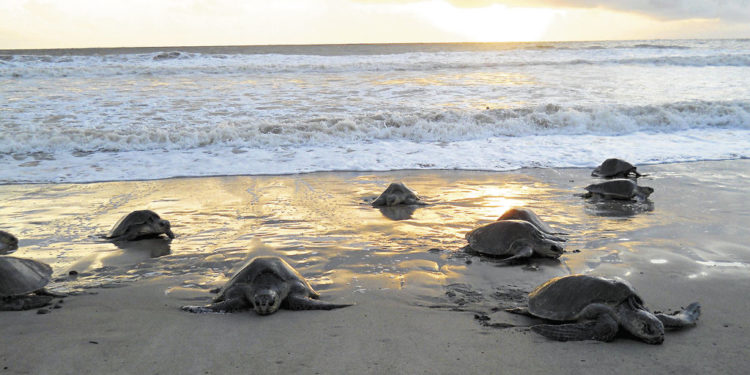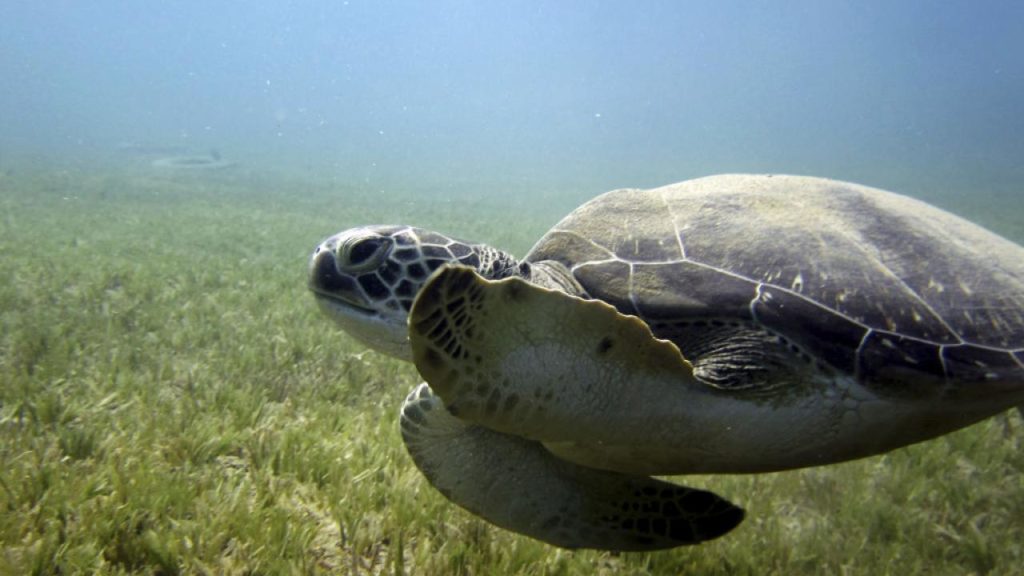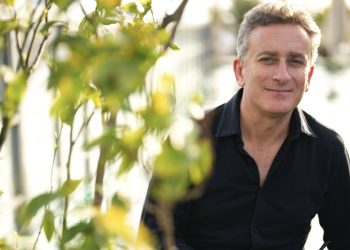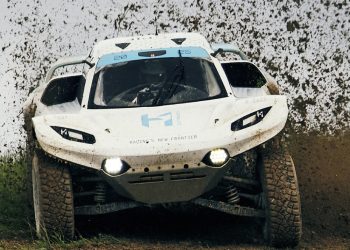Extreme E revealed its plans for the Legacy Program in Saudi Arabia, confirming that it will support turtle conservation along the Red Sea coast in partnership with the Ba’a Foundation, an organization that focuses on conserving the environment through initiatives that involve the preservation of endangered species, natural habitats and historic sites.
Alejandro Agag, Founder and CEO of Extreme E, said: “I am really pleased Extreme E can support this crucial legacy initiative in Saudi Arabia. This series is of course about thrilling racing, but we are also shining a spotlight on the climate and environmental crisis happening all over the world and trying to make a lasting difference.
“The Red Sea is home to some of the most diverse ecosystems in the world and we have worked closely with the Ba’a Foundation to identify this important project based around endangered sea turtle conservation; a truly worthy and exciting initiative that will start receiving our support immediately,” he added.
Endangered species
Extreme E will support the protection of the endangered green sea turtle and the critically endangered hawksbill turtle, which are threatened for a variety of reasons such as: entanglement in fishing gear, illegal egg trade, which are considered a delicacy in some countries, turtle shells, coastal development, including construction on nesting beaches and plastic waste.
Climate change causes the temperature of the sand to increase, creating a bias in the gender ratio since the gender of the turtle is determined by temperature; the higher the temperature, the more likely the turtle is to be female, as well as rising sea levels, which can erode nesting beaches and flood nesting sites, killing the eggs.
Related content: Extreme E strengthens its Scientific Committee with a brilliant mind
One of the nesting sites the project is focusing on is Ras Baridi, located 50 kilometers north of the city of Yanbu in Saudi Arabia. Ras Baridi is an important nesting site in the Red Sea and the Indian Ocean. Sea turtles hatch and return about 30 years later to reproduce, and every five years thereafter.
Unfortunately, due to the damage to the beach, created by rising sea levels and increased erosion, the turtles return to find that they cannot scale the cliff, or when they do, die from falling back into the water.
Extreme E will support turtle conservation through beach fencing, beach management and monitoring, careful nest relocation, and ultimately improvements such as raising the level of beaches to a suitable height with imported sand for turtle nesting and successful hatching of eggs, too.
Written by | Jhonattan González




















